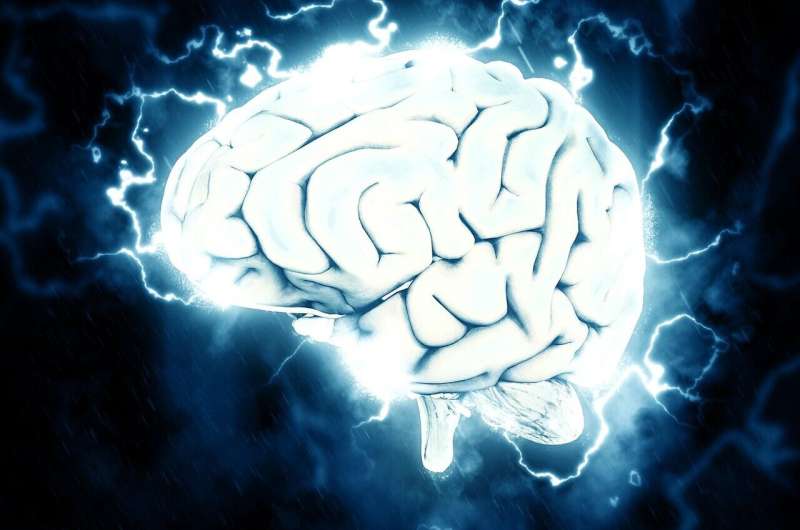Study Finds 'Magic Mushroom' Edibles Contain No Psilocybin but Other Active Ingredients

A recent study reveals that 'magic mushroom' edibles sold commercially lack psilocybin but contain undisclosed active ingredients, highlighting potential health risks and regulatory challenges.
Recent analysis of edible products marketed as 'magic mushrooms' has revealed that they typically lack psilocybin, the primary hallucinogenic compound found in Psilocybe mushrooms. A team from Oregon State University, including collaboration with a certified testing laboratory and scientific instrument specialists, conducted a thorough examination of 12 gummies and chocolates sold at local smoke shops and convenience stores. Surprisingly, none of these products contained detectable levels of psilocybin or muscimol, a psychoactive component associated with Amanita mushrooms.
Instead, the researchers identified a variety of undisclosed ingredients. Notably, these included caffeine, hemp extracts, and kava, which are known for their stimulating and calming properties respectively. The study also identified a new class of chemicals dubbed 'syndelics'—synthetic psychedelics inspired by known compounds like LSD and psilocybin. Dr. Richard van Breemen, a professor at OSU, emphasized that while synthetic psychedelic-inspired compounds may have therapeutic potential, they require extensive development and safety evaluation before being considered safe for human use.
The research underscores that these edible products, often sold without proper labeling or regulation, present potential public health risks. In the United States, psilocybin remains a Schedule I controlled substance, though it is legal for medical use in Oregon and recreationally in Colorado. Accurate detection of adulterants in consumer products is critical for law enforcement, health professionals, and regulatory agencies. Advances in analytical chemistry are vital for identifying illicit or misbranded substances and preventing overdose incidents.
This study forms part of broader efforts to monitor and regulate psychoactive substances in consumer products. In 2024, the Centers for Disease Control and Prevention reported 180 emergency cases related to magic mushroom products across 34 states, resulting in 73 hospitalizations and three deaths. This highlights the importance of rigorous testing, standardization, and public education to mitigate risks associated with unregulated psychedelic products.
For more details, see the original research published in JAMA Network Open. The findings call for continued collaboration among scientists, law enforcement, and public health agencies to improve detection methods and ensure consumer safety.
Stay Updated with Mia's Feed
Get the latest health & wellness insights delivered straight to your inbox.
Related Articles
Innovative Immunotherapy Targets Common Cancer Mutation, Brings New Hope for Lung and Prostate Cancer Patients
A new immunotherapy developed by researchers targets a common gene mutation in aggressive cancers like lung and prostate, showing promising results in preclinical studies and opening pathways for broader cancer treatments.
How Seizure Activity Spreads in the Brain and Causes Loss of Consciousness
Recent research uncovers how the spread of seizure activity in the brain leads to loss of consciousness, offering insights for better treatments and management of seizure disorders.
Innovative Portable Spectroscopy Detects Vaginal Microbes
A new portable surface-enhanced Raman spectroscopy device offers a fast, non-invasive method to detect and analyze vaginal bacteria, potentially improving early diagnosis and management of vaginal microbiome imbalances.
Using a Popular Film to Map Brain Bias Towards Drug Cues in Heroin Users
Mount Sinai researchers use a popular film to map brain regions biased toward drug cues in heroin addicts, revealing potential pathways for treatment and recovery.



